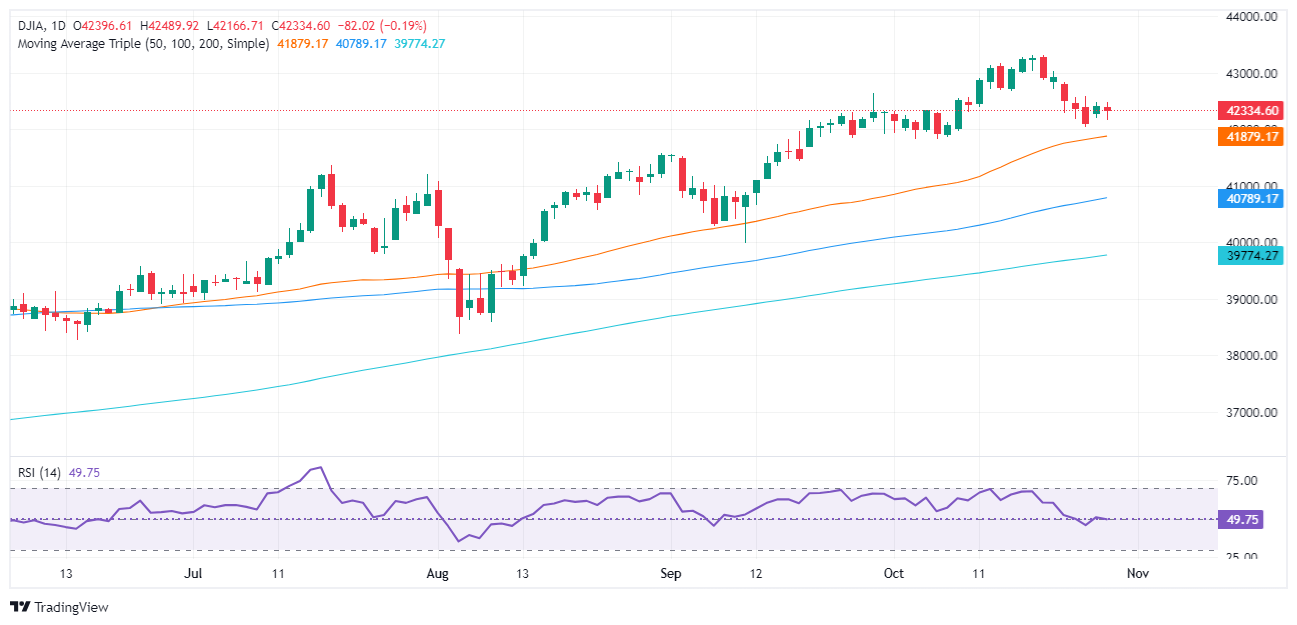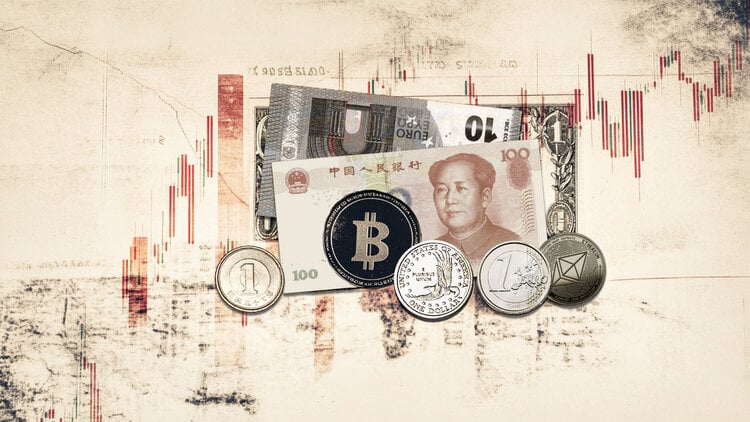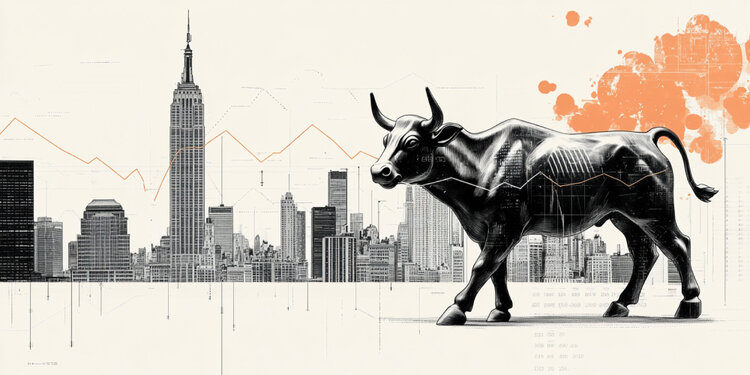- Dow Jones falls from 42,500 as US Treasury yields rise.
- US job openings fall to lowest level since January 2021, supporting rate cut expectations.
- Consumer confidence jumps to 108.7, the highest level since March 2021.
- Boeing leads the Dow gains, rising 2.93% after selling shares, while Chevron, Coca-Cola and Home Depot lag behind, posting notable losses.
The Dow Jones Industrial Average (DJIA) trims Monday’s gains, retreats from daily highs around 42,500 and is down more than 0.25% as US Treasury yields cling to gains. US labor market data increased the odds that the Federal Reserve (Fed) will cut interest rates at its November meeting, while consumer confidence improved sharply.
US bond yields continued to rise, as the yield on the 10-year Treasury note rose three and a half basis points to 4.32% after the US Department of Labor revealed that job openings in the US they fell to their lowest level in three and a half years.
US job openings fell to 7.44 million in September from 7.86 million the previous month, the fewest number of job openings since January 2021. At the same time, the Conference Board (CB) showed that Americans became more optimistic about the economy as the index rose from 99.2 to 108.7, its biggest gain since March 2021.
Following the data, the CME FedWatch tool shows the odds of a 25 basis point (bp) rate cut by the Fed jumping to 98%, up from 96% a day earlier. This would leave rates in the range of 4.50%-4.75%.
Dow Jones News
Earnings season continued, and among the top companies that make up the Dow Jones Industrial Average, McDonald’s (MCD) reported earnings per share (EPS) of $3.23, above estimates of $3.20. Revenue also beat forecasts of $6.82 billion to $6.87 billion. Despite this, MCD is clinging to small gains of 0.03% at $296.88 per share.
Meanwhile, Boeing (BA) raised more than $21 billion through its stock sale on Monday, selling 112.5 million shares at $143.00 each as the company prepares to repair its balance sheet.
Following the sale of shares, Boeing was the top leader of the session, gaining 2.93% to $155.10 per share, followed by Salesforce Inc (CRM), rising 1.31% to $297.61 per share , and Cisco Systems Inc (CSCO) rising 0.94% to $55.80. The session’s laggard was Chevron (CXP), losing 1.14% to $148.82; Coca-Cola Co. (KO), down 1.27% to $65.82 per share; and Home Depot Inc (HD) down 1.80% to $395.65.
Dow Jones Price Forecast
The Dow Jones consolidated just below the 42,350 area for the second day in a row after forming an inside day, which could have opened the door for more upside. However, the DJIA fell below Monday’s close, paving the way for further declines.
If the sellers step in and push the DJIA below the Oct 25 low of 42,043, look for a test of the 42,000 level. Below is the 50-day SMA at 41.879.
For a bullish continuation, the DJIA must surpass the October 25 peak at 42,596. Once broken, the next resistance would be 43,000, followed by an all-time high at 43,322.
The momentum remains bullish as shown by the Relative Strength Index (RSI), which broke above its neutral line. This suggests that buyers bought the dip and are targeting higher levels.
Dow Jones Daily Chart
The Dow Jones FAQs
The Dow Jones Industrial Average, one of the world’s oldest stock indices, is made up of the 30 most traded securities in the United States. The index is weighted by price rather than capitalization. It is calculated by adding the prices of the securities that comprise it and dividing them by a factor, currently 0.152. The index was founded by Charles Dow, also founder of the Wall Street Journal. In recent years it has been criticized for not being sufficiently representative, since it only follows 30 companies, unlike broader indices such as the S& P 500.
There are many factors that drive the Dow Jones Industrial Average (DJIA). The main one is the aggregate performance of its component companies, revealed in quarterly corporate earnings reports. US and global macroeconomic data also contribute, influencing investor sentiment. The level of interest rates, set by the Federal Reserve (Fed), also influences the DJIA, as it affects the cost of credit, on which many companies largely depend. Therefore, inflation can be a determining factor, as well as other parameters that influence the Federal Reserve’s decisions.
The Dow Theory is a method for identifying the main trend of the stock market developed by Charles Dow. A key step is to compare the direction of the Dow Jones Industrial Average (DJIA) and the Dow Jones Transportation Average (DJTA) and only follow trends where both are moving in the same direction. Volume is a confirmation criterion. The theory uses elements of maximum and minimum analysis. The Dow theory proposes three phases of the trend: accumulation, when the smart money begins to buy or sell; public participation, when the general public joins the trend; and distribution, when the smart money abandons the trend.
There are several ways to trade the DJIA. One of them is to use ETFs that allow investors to trade the DJIA as a single security, instead of having to buy shares of the 30 companies that comprise it. A prominent example is the SPDR Dow Jones Industrial Average ETF (DIA). Futures contracts on the DJIA allow traders to speculate on the future value of the index, and options provide the right, but not the obligation, to buy or sell the index at a predetermined price in the future. Mutual funds allow investors to purchase a portion of a diversified portfolio of DJIA securities, providing exposure to the global index.
Source: Fx Street
I am Joshua Winder, a senior-level journalist and editor at World Stock Market. I specialize in covering news related to the stock market and economic trends. With more than 8 years of experience in this field, I have become an expert in financial reporting.








